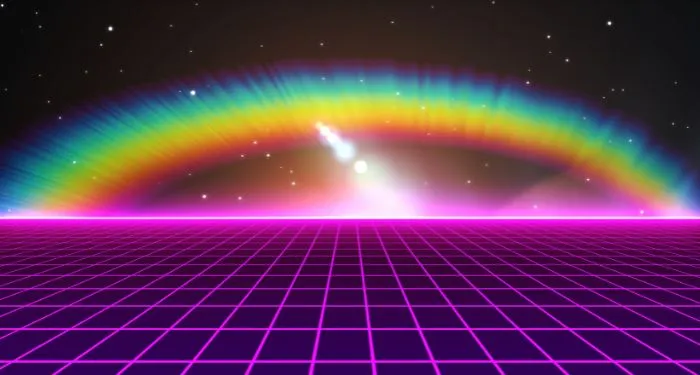
9 Classic Types of Sci-fi Plots
I know I’m late to the party when it comes to most fandoms, but I’ve been watching a lot of Doctor Who lately. As a lifelong SFF reader, I kept noticing that it combines and reinvents several classic sci-fi plots in original ways. It was also one of the first and longest-running TV series to depict them. The Doctor is a virtually immortal alien, who can regenerate into new bodies, and who travels through time and space with companions from Earth. This premise alone uses several iconic sci-fi plot conventions — and that’s before even getting into specific seasons and story arcs.
What are the main categories of sci-fi plots? These types can overlap or be hard to define. There are a finite number of basic story shapes, but they can be modified or combined in seemingly endless, creative ways. This is true in every genre but particularly in sci-fi. Ever since Mary Shelley wrote Frankenstein in 1818, sci-fi has asked when humans go too far with technology, a question recent shows like Black Mirror also raised.
In 2011, Alasdair Wilkins at Gizmodo provided spot-on examples and analyses of popular sci-fi plots. Although many more examples have been published since, genre staples such as time travel, interstellar travel like on Star Trek, extraterrestrials and their invasions, and post-apocalypse life have endured for decades.
Here are some of the most iconic sci-fi plot types, with some inevitable overlap.
9 Popular Sci-Fi Plot Types
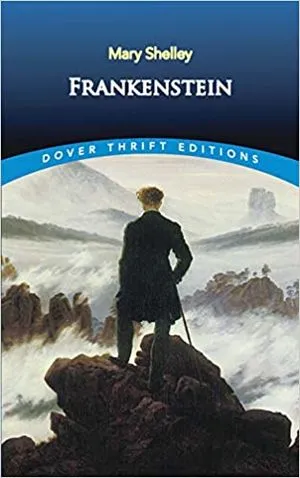
Frankenstein: creating a “monster” or “humans vs. technology”
Mary Shelley’s 1818 novel helped to create sci-fi and horror as we know them. Her full title was Frankenstein; or, The Modern Prometheus. The reference to the ancient Greek Titan, who stole fire from the gods to give to humans, hints at the novel’s themes of playing God and misusing technology recklessly. More recently, many novels about cloning, like Jurassic Park, raise similar issues about ethics and hubris. The clones in Kazuo Ishiguro’s Never Let Me Go wonder why they were created and then oppressed, but for different reasons than Frankenstein’s monster does.
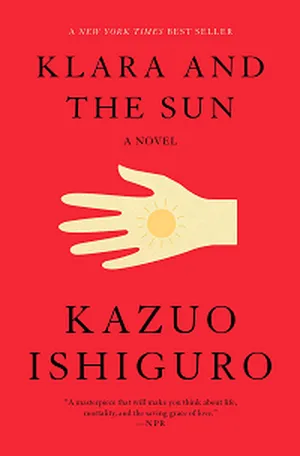
Robots
This is often a subset of the Frankenstein or “humans vs. technology” plot. Robots are a specific form of technology designed to serve humans, whom they can either rebel against or befriend. In 1920, Czech writer Karel Čapek coined the word “robot” in his sci-fi play, Rossum’s Universal Robots. The word derives from a Czech word for forced labor. Robots immediately became popular in sci-fi; for example, the 1927 German expressionist film Metropolis. I, Robot by Isaac Asimov was published in 1950. The 2011 short story “Spider the Artist” by Nnedi Okorafor is about a woman unexpectedly befriending a robot. In Klara and the Sun by Kazuo Ishiguro, an AI bonds with and emulates humans.
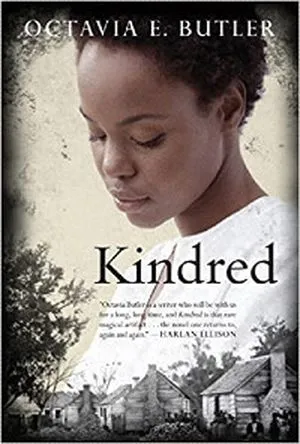
Time Travel
The Time Machine, an 1895 novella by H. G. Wells, is credited with originating this plot type. It introduced the concept of a time-traveling device, later used in Doctor Who and countless other sci-fi stories. Not all time travelers need a device, though. In the Outlander series, characters walk through portals, such as standing stones, to travel in time. In Kindred by Octavia E. Butler, the protagonist’s travels are out of her control but end up being crucial to her family history. Whenever time travel interferes with the character’s personal or family history, strange paradoxes, like preventing their own birth, can result. If a time traveler succeeds at altering the past, sci-fi can become alternate history. In 11/22/63 by Stephen King, the protagonist finds a portal back to the 1950s and attempts to prevent the assassination of JFK.
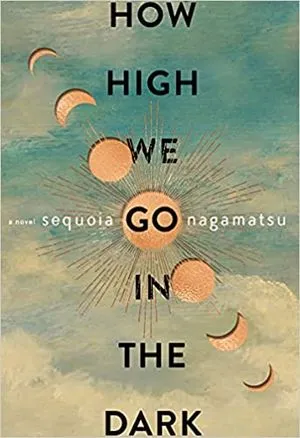
Apocalypse and Post-Apocalypse
There are myriad possibilities for fiction about the end of the world. The end of life on Earth, or the universe itself, may be imminent, or the collapse of a particular civilization may lead to a post-apocalyptic society. Apocalyptic and post-apocalyptic fiction often intersect with climate fiction (cli-fi), nuclear war fiction, or dystopian fiction. How High We Go in the Dark by Sequoia Nagamatsu combines climate change with a viral pandemic. In The Age of Miracles by Karen Thompson Walker, the Earth’s rotation becomes unstable, so school start times, for example, vary daily. When I look back at this 2012 novel 10 years later, it reminds me of social distancing and remote work in early 2020.
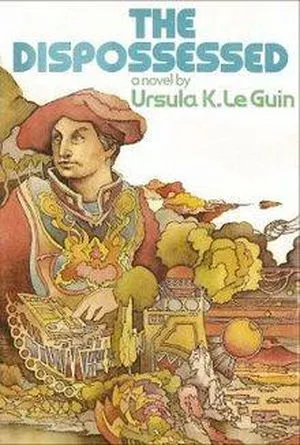
Dystopia
If a post-apocalyptic society persists long enough, it often becomes a totalitarian, oppressive dystopia. This is not the only way dystopias are created, of course, either in fiction or in real life. A dystopia may seem like a utopia to the most privileged people, as these stories often demonstrate. In The Hunger Games, a past rebellion (and the threat of future uprisings) forms a pretext to oppress Panem’s Districts. Ursula K. Le Guin’s novel The Dispossessed contrasts two societies: a capitalist, patriarchal dystopia and a much more utopian, equal, anarchist society.
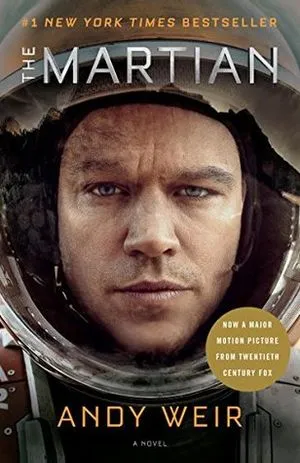
Space travel
Douglas Adams’ The Hitchhikers’ Guide to the Galaxy series is a classic, comedic space travel story. A more serious subset of this plot type is books where characters become lost or stranded in space, like The Martian by Andy Weir. Although they can be harrowing survival stories, space travel stories are often fun, adventurous, and hopeful, reminding us why we love outer space, respectful cultural exchange, and science.
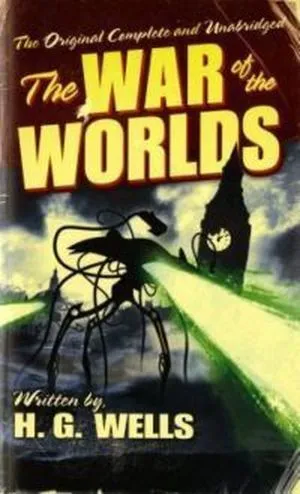
Alien invaders
H. G. Wells’ 1897 novel The War of the Worlds popularized this plot type. What is an invasion from the Earthlings’ perspective would be colonization from the invaders’ perspective. In 2021, I wrote about the enduring influence of Wells’ novel, how it has been compared to real-world colonization since it was first published, and some limitations with that framing. All You Need Is Kill by Hiroshi Sakurazaka inventively combines an alien invasion with a time loop.
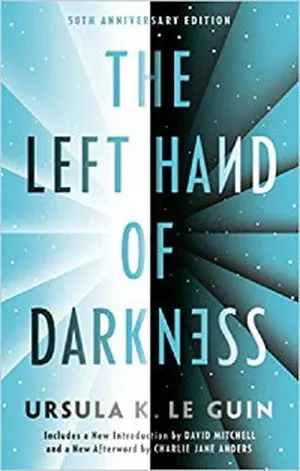
Stranger in a strange land
In a way, this is the inverse of the alien invader or visitor; it’s told from the alien’s perspective. The number of alien visitors also often determines whether the visit is benign or an invasion. As Genly Ai, the sole emissary to the planet Gethen in Ursula K. Le Guin’s The Left Hand of Darkness, explains: “One alien is a curiosity; two are an invasion.” Like the protagonist of Robert A. Heinlein’s Stranger in a Strange Land, a human raised on Mars who travels to Earth, these characters are often totally lonely and misunderstood.
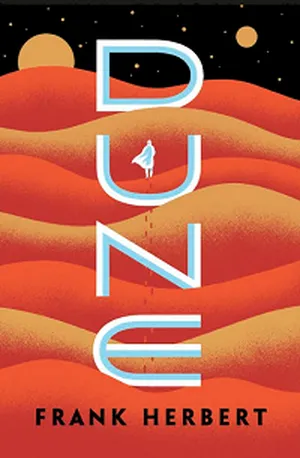
Space opera
In July 2022 on BR, Lyndsie Manusos defined space opera as an epic, high fantasy in outer space. Two of the all-time most famous space operas are Frank Herbert’s Dune series and the Star Wars franchise. They often explore or subvert the trope of a messianic figure or “the chosen one.” This sub-genre often has a lot of fascinating world-building and adventure. On a Red Station, Drifting by Aliette de Bodard, and Ancillary Justice by Ann Leckie are more recent books in space opera settings.










